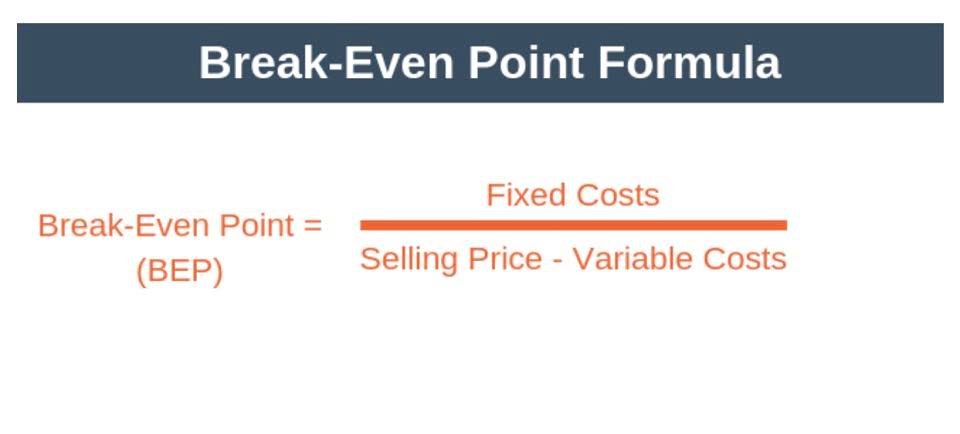
Ledger of each account is maintained in ‘T’ format – with debits on the journal vs ledger left and credits on the right. Once all journal entries are posted to their individual ledger accounts, they are balanced and the balances are compiled in the form of a trial balance. This forms the base for preparing the financial statements such as profit and loss account and balance sheet. Both the journal and the ledger are indispensable tools in the accounting process, each with its own unique attributes and contributions. The journal captures the detailed transactional information, facilitates error identification and correction, and serves as a reference for posting entries to the ledger.
Which of these is most important for your financial advisor to have?
So, the need for the journal may have been becoming increasingly obsolete in the computerized environment, but it still holds great importance in bookkeeping. When it comes to financial record-keeping, two essential tools that are often used are the journal and the ledger. Both the journal and the ledger play crucial roles in the accounting process, but they serve different purposes and have distinct attributes. In this article, we will explore the characteristics of both the journal and the ledger, highlighting their unique features and how they contribute to maintaining accurate financial records. Journal is a book of accounting where daily records of business transactions are first recorded in a chronological order i.e. in the order of dates. The balances and activity in the general ledger accounts are used to prepare a company’s financial statements.
Differences Between General Journal and Ledger

By keeping these organized, you’ll handle audits with far less stress. This enables businesses to identify and act on mistakes and fraud quickly. By having all information in a single space, a viewer can spot discrepancies. Every business owner knows the importance of filing taxes accurately. Take self-paced courses to master the fundamentals of finance and connect with like-minded individuals.
Journal vs Ledger Video Explanation
Transactions recorded in the journal are transferred to HVAC Bookkeeping the ledger by posting them under the respective accounts mentioned in the journal entry. The ledger accounts do not have a detailed narration of each transaction. It is known as the principal book of accounting or the book of final entry. Automated accounting software helps your finance teams manage their accounts more easily.
Difference between journal and ledger:

Losing access to your GL through a cyberattack could leak sensitive data and disrupt your entire business. Manually entering hundreds of transactions is an open invitation for human error, which can create big headaches for you down the road. One of the most common subledger errors is when numbers in the SL misalign with the GL.
- That’s why we create subledgers—to group detailed transactions in a more organized way, with the summary of each subledger feeding back into the general ledger.
- Accordingly, Sage does not provide advice per the information included.
- It is called the “book of final entry” because it classifies and summarises transactions, making it an essential tool for preparing Trial Balance, Profit and Loss Accounts, and Balance Sheets.
- Subledgers are perfect for presenting each category of transactions in a way that follows Generally Accepted Accounting Principles (GAAP).
- The set of real, personal and nominal accounts where account wise description is recorded, it is known as Ledger.
- The accounts which are to be debited and credited are determined by adhering to golden rules of accounting which are prescribed for journalizing.
Please do not copy, reproduce, modify, distribute or disburse without express consent from Sage.These articles and related content is provided as a general guidance for informational purposes only. Accordingly, Sage does not provide advice per the information included. These articles and related content is not a substitute for the guidance of a lawyer (and especially for questions related to GDPR), tax, or compliance professional.
FAQs on Difference Between Journal and Ledger
Hence, every business transaction is recorded in such a way that it affects two accounts in terms of credit and debit entry. The accountant creates a “T” format in the ledger and then puts the journal in the right order. But since we create the trial balance, income statement, and balance sheet from looking at the ledger, it is also so vital. The general ledger provides a summary, while subledgers break down specific details—both working hand in hand for complete financial reporting.

Now, the starting point of this process is to record the business transactions in the general journal. Moreover, the ledger provides a consolidated view of each account’s balance. By posting transactions to the ledger, the balances of individual accounts are continuously updated, reflecting the impact of each transaction. This attribute enables businesses to monitor their financial position, track the performance of specific accounts, and make informed decisions based on accurate and up-to-date information.
- It is known as the primary book of accounting or the book of original/first entry.
- If you’re ever audited, you’ll need quick and easy access to detailed financial information.
- A subsidiary book where monetary transactions are recorded initially.
- Today, most organizations use accounting software to record transactions in general ledgers and journals, which has dramatically streamlined these basic record-keeping activities.
- It provides a clear and organized overview of the financial position of a business, as it contains separate accounts for assets, liabilities, equity, revenue, and expenses.
We may earn a commission when you click on a link or make a purchase through the links on our site. All of our content is based on objective analysis, and the opinions normal balance are our own. Now, at the beginning of the new period, you have to transfer the opening balance to the opposite side (i.e. On the debit side as per our example) as “To Balance b/d”.